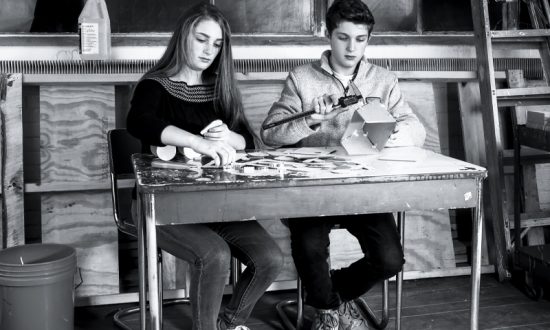We have all gone through the situation where we need the experience to land a job and need a job to get experience. This struggle exemplifies how much the job market values experience. One of the best ways to make the most of education is to gain the experience that companies want through project-based learning. With the wave of globalization hitting us, it is important to make learning and education an experience that is beyond classroom academics. Learning happens when our minds are open. It happens to the optimum level when our minds explore and get first-hand experience. We learn better by making mistakes, not by doing nothing with the fear of failure.
Ayana Klein strongly believes that we learn by experiencing the world around us. She realized that the concept of Project-Based learning will help children be engaged in the whole process of learning and grasp ideas better. A combination of inspiration, innovation, and imagination, they encourage children to imagine and practically think through solutions to real-world problems by building structures and environments.
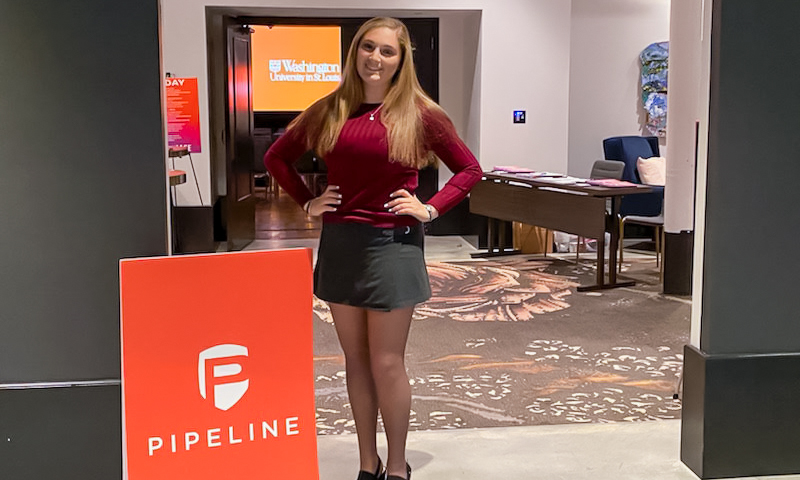
Currently a sophomore at the Washington University, Ayana is passionate about educating, inspiring and empowering youth at a global level. Growing up, she was always quick and on her toes when it came to creative thinking and improvising. When it came to gifts, the Klein household has one rule, “The best gifts are made with our hearts, our hands, and any materials already in the house. They are not bought at a store.”
So, when holiday shoppers were running around stores to get the best Black Friday deals, Ayana and Ethan, her brother, were found rummaging through recycling bins for interesting materials to make gifts out of. They would make townhouses, parking garages, pinball machines, and tiny homes for their family pets out of the waste they found. Learning physics while making an elevator pulley and getting to know about electric circuits while creating arcade games played a huge role in helping them imagine, design and build something for the people they love and cherish.
When Ayana joined the summer architecture program at Columbia University in NYC, she learned how architects could bring out creativity and design from sciences, math, engineering, and the natural environment. How the architects used space, how that space blends in and interacts with the environment intrigued her to a great extent. She felt architecture brings the arts, the sciences, the natural environment and humanity at crossroads, and architects exhibit humanity and empathy into the design process, which is missing from today’s world that is digitally plugged.
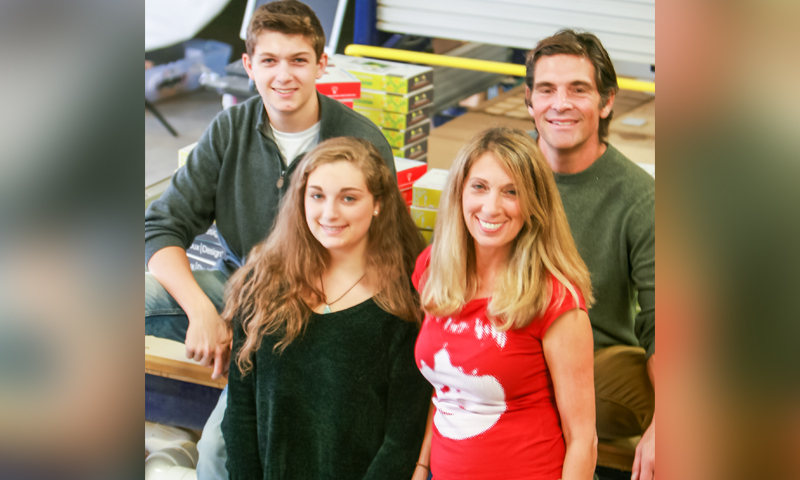
Creating 3DuxDesign
Inspired by how architects work and connecting her early childhood experience of building forts with her family, along with the models she made in the summer program classes, with the disciplines of Architecture and Urban Design, Ayana Klein came up with the idea of 3DuxDesign.
She started the venture of 3DuxDesign, along with her brother Ethan Klein, with an aim to inspire today’s youth to become tomorrow’s innovators. 3DuxDesign is an architectural modeling system that lets children build anything they can imagine.
At just the age of 16, while shadowing IDEAZ, an industrial design firm, she was awestruck by their 3D Printer, which made her realize that she could make connecters with the help of a 3D Printer, that helped build her models much easily and quickly. These connectors can be used again, helping children to make as many iterations as they liked.
Once she got her own 3D printer, she and Ethan prototyped 20 versions of the connectors before they fixed upon a final design. In just a week, they had created 6 shapes, which made up the key components of 3DuxDesign.
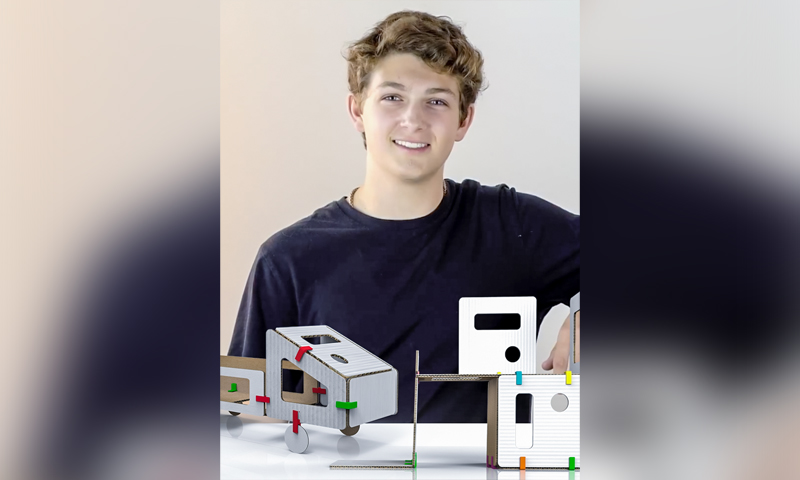
Facing Roadblocks
Though this initiative was a creative and educational one, it came with its own set of challenges, with Child Safety being the first hurdle. Additionally, their lack of experience and knowledge and costs of starting a business and scaling added on to the many hurdles while creating 3DuxDesign. One of the main challenges they faced was funding and sourcing an injection mold and balancing those costs with their mission to keep manufacturing as close to their homes as possible while keeping their products affordable and accessible to all. Giving out piano lessons, Ayana saved up and invested around $1500 on her business in the initial days. “Though it’s a lot to learn, it is still necessary if you plan to start a business and get it off the ground.“, says Ayana.
People behind 3DuxDesign
A part of the company since its inception, their mother, Marci Klein, a pediatrician and now a full-time employee of 3DuxDesign, taught them about packaging, patenting, crowdfunding, graphic design, marketing, web development, wholesale, and how to pitch their product. She handles many of the tasks Ayana and Ethan don’t have time for, as they are still in school, learning the skills they need to help scale 3DuxDesgin to new heights.
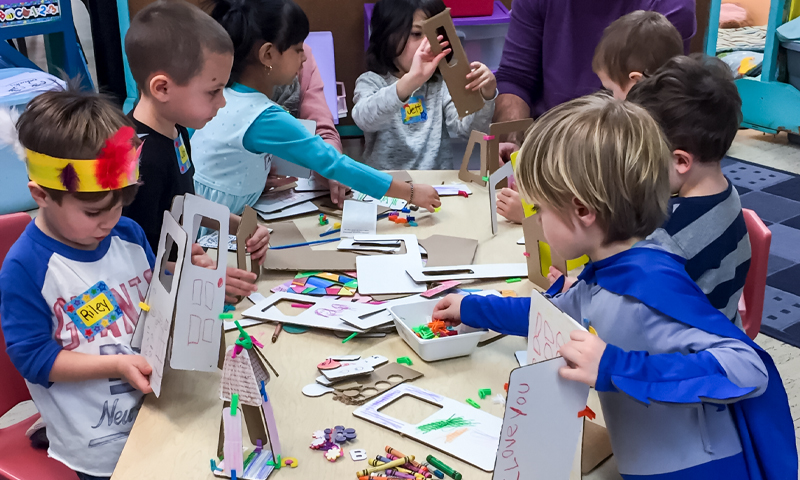
Although Ayana is currently working with the entrepreneurship program at the WashU, the Skandalaris Center, she is still very much active in the company, working on 3Dux projects with children and educators in the St Louis area. She is still involved in all of the decisions and the growth of 3DuxDesign. Meanwhile, Ethan takes care of the production aspect of the company with a team of high school students who do the packaging. He also takes care of pitching at events and student outreach programs when he is not in school.
A Global Platform
Ayana feels that children need a place to share their ideas, their stories, and their culture. With the new Project Based Learning curriculum and platform developed by 3DuxDesign, the children can do just that!
The program requires a lot of thought, learning, and self-expression, which makes the kids proud of their creations in the end. Working with a lot of kids over 2 years, witnessing their smiles and excitement to talk about their project, and the way they hold their heads up high and look at Ayana when they want to share their ideas, are proof enough to know how proud they are about themselves. Students with completed projects receive a gold star on the global map and their work is published for the world to see. Along with this, 3DuxDesign’s Global Program and Creative Community Curriculum allow students to share their projects with the growing 3Dux community of change-makers, providing her students with a bigger platform to share their ideas.
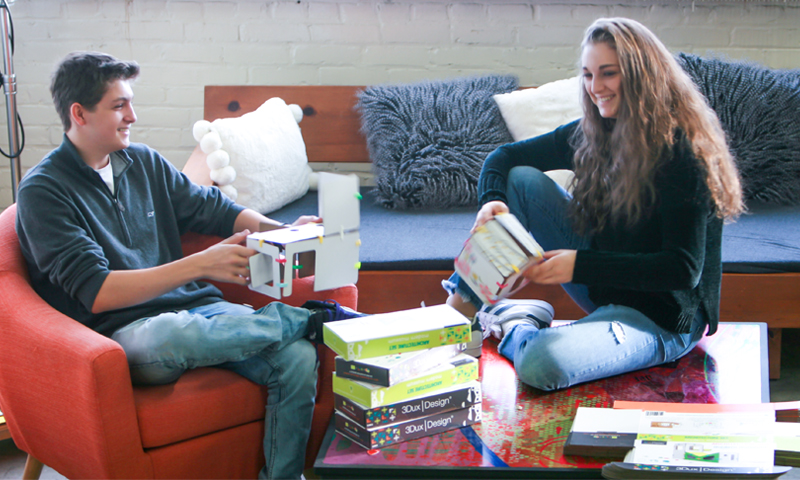
The programs, challenges, and curriculum at the 3DuxDesign were devised with the real-world problems that need a solution. Intending to promote peace in a divided community, Ayana brings empathy into the design process by asking the student /designer to imagine what it must feel like for the person that the solution is being designed for.
Future of 3DuxDesign
With the newest program by 3Dux, Creating Community, students can share their stories, their culture, and their ideas on our web-based interactive map. This way, students around the world can learn from each other.
In the future, the company aims to connect this global community of students directly so kids in one location can communicate and collaborate with others from across the globe, helping to solve challenges that affect both local communities and those that affect the planet as a whole.
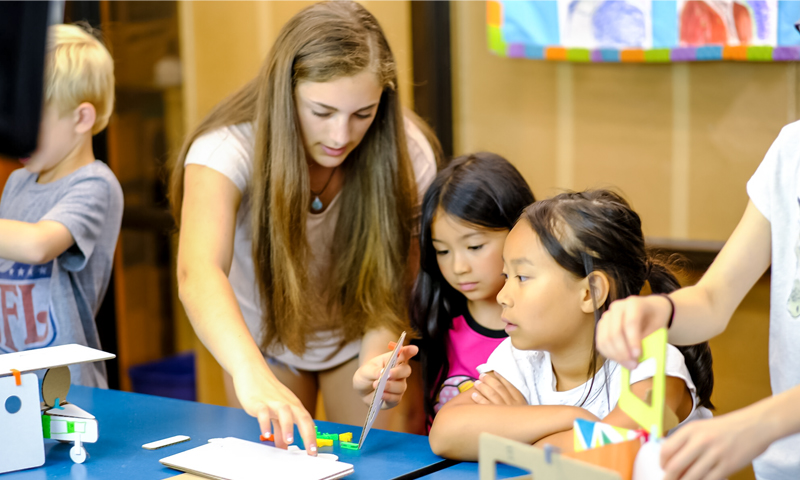
A further dream would be to bring in students at the high school and university levels. For Ayana, using 3DuxDesign materials and lessons to teach younger students has helped her as much, if not more than the kids she works with. Mentorship has been a transforming experience for Ayana and she thinks it would be of great value to young adults on a grander scale.
The digital world has affected the art of communication and human interaction for the current generation. Though the internet connects people all over the world, it is also creating a physical and psychological barrier.
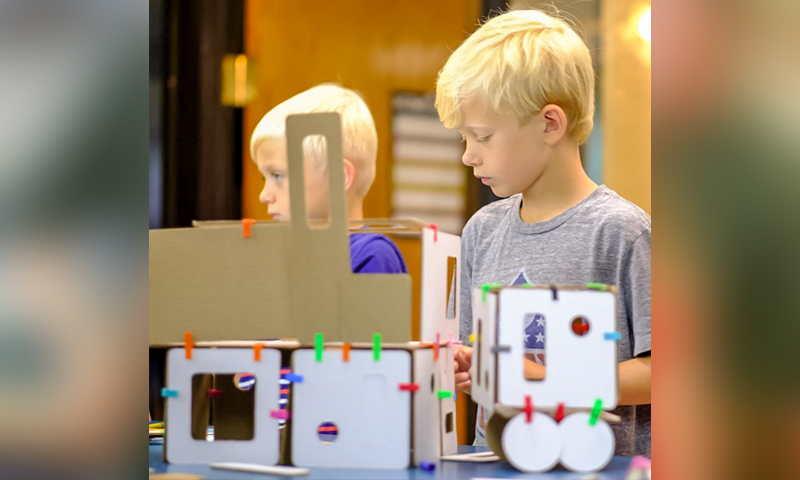
To encourage team building and communication, most of the projects are designed for the students to work together, for them to acquire the skillset that they need to navigate through their career and life. She hopes to create an emotional connection and an understanding of others’ feelings by encouraging them to use a human-centred design thinking process.
Ayana says, “Looking beyond our mission to educate, inspire and empower children, we hope to build a global community of change-makers. For that, we need a global presence. So I suppose my greatest ask is to get teachers and students involved from every country and culture, every race and religion and help bring them into the 3Dux community. Share our story and our mission with students and educators. If every reader could connect us to just one school interested in participating, just imagine how the next generation of innovators might impact our future?”
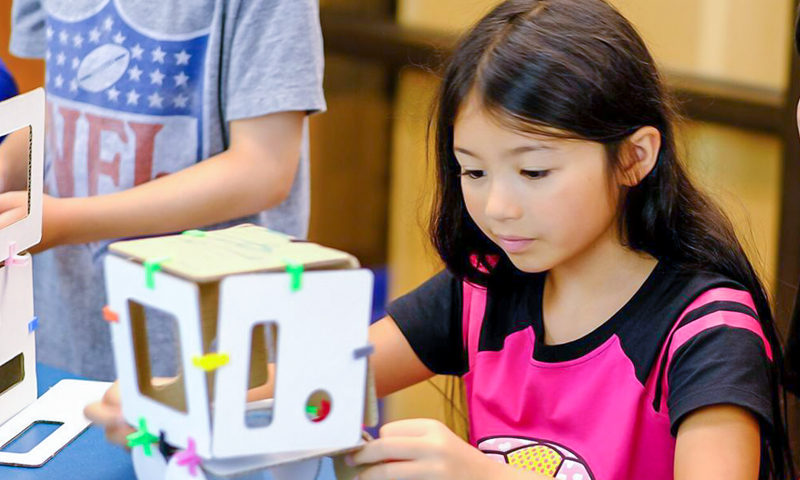
The growth of 3DuxDesign is the sole reason why nothing should be used as an excuse for not pursuing your dreams. Ayana’s story shows that as long as you are passionate about your idea, nothing can stop you from bringing it to life. Ayana’s vision of using learning to inspire and empower children is commendable. Here is to Ayana, an inspiration to all the innovators out there who are just one step away from their dreams!




